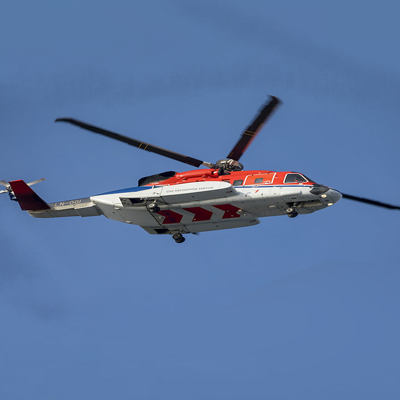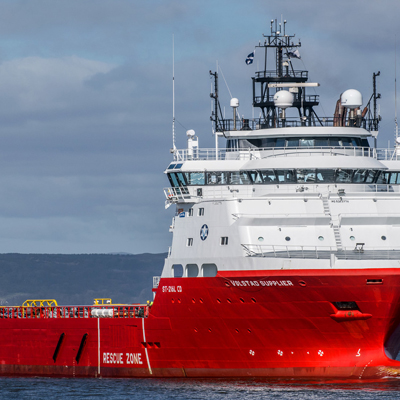5 Aviation Accidents caused by Human Factors

NEWS - 6th March 2017
Related news

Discover How HELM Can Help Your Business

Facebook & Instagram outage likely caused by human error
Facebook & Instagram outage likely caused by human error Yesterday at around 4.30pm Facebook, Whatsapp and…

Sleep walking into a disaster
Employees won’t tell you when they are tired. Several studies have shown that employees won’t discuss…
To get in touch
Please fill out the form